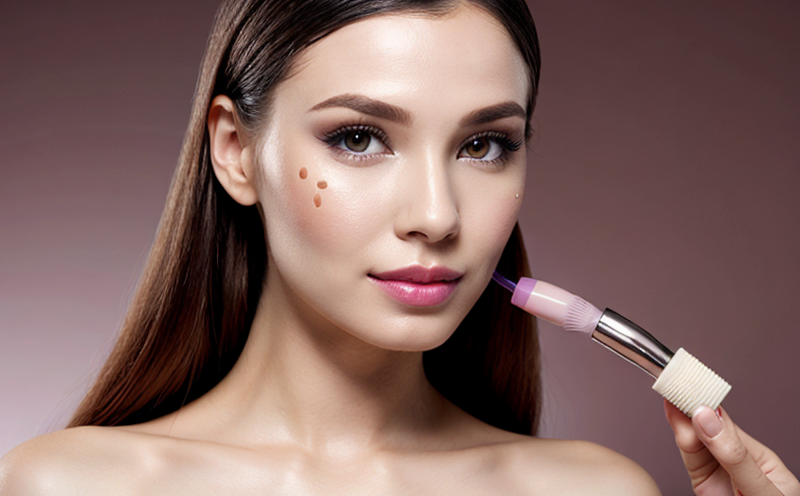OECD TG 439 In Vitro Skin Irritation Test for Cosmetics
The OECD (Organization for Economic Co-operation and Development) Test Guideline TG 439 is a pivotal development in the realm of cosmetic safety testing. This guideline provides a robust framework for conducting an in vitro skin irritation test, which serves as a crucial step in assessing the potential adverse effects of cosmetics on human health. The test aims to evaluate the irritancy potential of ingredients and formulations without relying on animal models.
The OECD TG 439 outlines detailed procedures that are designed to ensure consistency and reliability across different laboratories worldwide. This approach is essential for maintaining high standards in cosmetic safety and ensuring compliance with international regulations. The test uses human skin equivalents (HSEs), which consist of cultured cells that mimic the structure and function of human skin. These HSEs provide a realistic simulation of the skin’s response to various irritants.
The OECD TG 439 protocol involves exposing the prepared HSEs to the test substance for a specified period, followed by an observation phase during which the irritation is assessed based on specific criteria. This method offers several advantages over traditional in vivo testing methods, including reduced ethical concerns and decreased reliance on animal models.
The test parameters are meticulously defined, ensuring that each step of the procedure follows stringent guidelines. The specimen preparation involves culturing the human skin equivalents under controlled conditions to ensure they reach a stable state before exposure to the test substance. This process is critical in minimizing variability and enhancing the accuracy of the results.
Instrumentation plays a vital role in this testing method, with advanced imaging techniques used to monitor the HSEs for signs of irritation such as redness, swelling, or changes in permeability. The use of these technologies ensures that even subtle changes can be detected and quantified accurately. Reporting is comprehensive, providing detailed data on the test results along with interpretation and recommendations.
Industry Applications
- Development of new cosmetic products to ensure they meet stringent safety standards.
- Evaluation of existing formulations for potential improvements or modifications.
- Screening ingredients during the early stages of product development to identify and mitigate risks early on.
- Facilitating compliance with international regulations such as REACH, Cosmetics Directive, and other local laws.
Why Choose This Test
The OECD TG 439 In Vitro Skin Irritation Test is a preferred choice for several reasons. Firstly, it offers a humane alternative to traditional animal testing methods, which are increasingly being phased out due to ethical and regulatory pressures. By using human skin equivalents, this test ensures that the results closely mimic real-world conditions, providing more reliable data on potential irritants.
Secondly, the method is highly efficient, allowing for quicker turnaround times compared to in vivo testing. This efficiency is particularly beneficial during product development cycles where timely feedback can significantly impact project timelines and outcomes. Additionally, the OECD TG 439 test helps in reducing costs associated with animal use while maintaining high standards of safety.
The method's robustness also lies in its ability to provide consistent results across different laboratories. The standardized protocols ensure that all testing facilities adhere to the same stringent criteria, leading to greater reliability and trustworthiness of the results. This consistency is crucial for regulatory submissions where uniformity is essential.
International Acceptance and Recognition
- The OECD TG 439 has gained widespread recognition from major international bodies such as the European Union, United States, and China. Its acceptance ensures that test results are internationally valid.
- This guideline is harmonized with other global standards like ISO and ASTM, further cementing its position in the industry.
The OECD TG 439's international acceptance is a testament to its reliability and consistency. Many countries have adopted this method as part of their regulatory frameworks for cosmetics, ensuring that manufacturers adhere to stringent safety measures.





